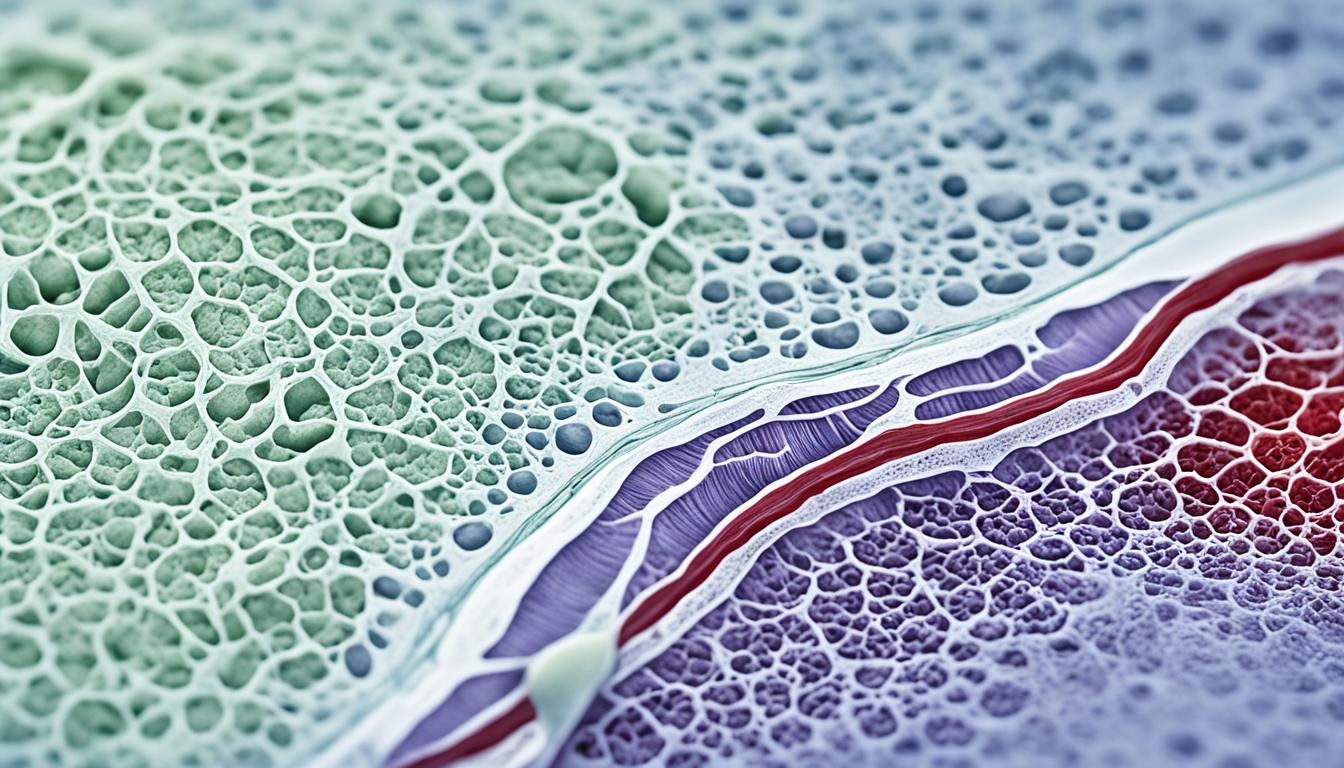Growth plate fractures are common among kids and teens, especially in sports. They happen in areas like the wrist, forearm, fingers, legs, foot, ankle, and hip. This makes it a big worry for parents and doctors.
At the ends of kids’ long bones, there are growth plates that help bones grow. Since these parts are not fully hard, they can break easily. Things like falls, playing too hard, or having certain health conditions can lead to these fractures.
If a child gets a growth plate fracture, they might feel pain, be unable to move, and see the area look different. A doctor will check them and sometimes do tests like X-rays, CT scans, or MRIs to be sure.
Usually, doctors treat these fractures by keeping the area still, fixing the bone pieces back together, or sometimes with surgery. Later, the child may need help moving again through physical therapy. Stem cell therapy might also be offered to speed up healing.
Getting treatment early and keeping up with check-ups can help avoid serious problems. Parents should make sure their child sees the doctor if they suspect a growth plate fracture. This helps the child’s bone grow normally again.
Key Takeaways:
- Growth plate fractures are common injuries in children and teenagers.
- They occur in various locations during sports activities.
- The growth plates are areas of cartilaginous tissue responsible for bone growth.
- Causes of growth plate fractures include accidents, sports injuries, and certain disorders.
- Accurate diagnosis is done through physical examination and imaging tests.
Types of Growth Plate Fractures
Growth plate fractures fall into five categories based on the damage. They happen in places like the wrist or knee. Knowing these types is key to treating them right.
Type I Fracture: Epiphysis Separation
Type I fractures see the epiphysis separate, but the growth plate stays connected. This happens without breaking the growth plate. They occur most often in young kids, usually from falls.
Type II Fracture: Growth Plate and Metaphysis Fracture
With type II fractures, the growth plate and metaphysis break, but not the epiphysis. This injury is common in older kids and is often from sports or big accidents.
Type III Fracture: Epiphysis Fracture
Type III fractures break through the epiphysis, separating it from the bone. It’s often seen after big accidents or hard falls.
Type IV Fracture: Epiphysis, Growth Plate, and Metaphysis Fracture
Type IV fractures affect all parts of the bone, and they need serious and quick care. They’re usually from severe accidents or impacts of sports.
Type V Fracture: Compression Fracture
Type V fractures are when the bone gets squished, often from heavy pressure. They can happen in accidents, falls, or direct hits to the bone.
Causes and Risk Factors of Growth Plate Fractures
Growth plate fractures happen for many reasons, mainly from sports and overuse injuries. They are often linked to falls during activities like gymnastics or football. Kids in high-impact sports face a bigger risk. Also, poor balance or coordination might lead to these fractures.
Other factors beyond sports can cause growth plate fractures. For example, child abuse can damage growth plates. So can being in very cold weather, which limits blood flow to the limbs. This can injury the growth plates.
Certain health conditions and treatments also make fractures more likely. Chemotherapy used in cancer treatment can weaken bones. Some genetic and metabolic diseases affect bone growth. This raises the chance of growth plate fractures.
Risk Factors for Growth Plate Fractures
| Risk Factors | Description |
|---|---|
| Sports injuries | Playing high-impact sports strains growth plates, raising fracture risk. |
| Overuse injuries | Too much repetitive training or motions can stress the growth plates, causing fractures. |
| Child abuse | Abuse or neglect might harm growth plates, leading to fractures. |
| Cold exposure | Extreme cold affects blood flow to the limbs, making growth plate injuries more likely. |
| Chemotherapy | Chemotherapy therapy can make bones more fragile, including the growth plates. |
| Genetic disorders | Some genetic conditions interfere with bone growth, increasing the risk of fractures. |
Growth plate fractures could happen because of a mix of these factors or other personal situations. Knowing the causes and risks helps adults and doctors prevent such fractures. It also guides how to care for children if they do get hurt.
Conclusion
Finding growth plate fractures early is critical. Proper treatment helps to avoid lasting problems. Treatments vary based on the fracture’s type and how severe it is. Sometimes, kids need to wear a cast, have the bone gently straightened, or even have surgery. After this, physical therapy is important to help healing. Stem cell treatment also shows hope for some cases.
It’s vital to keep checking the child’s growth and bone health as they grow. In many cases, fractures heal completely without issues. But, there’s a small risk the bone might stop growing, becoming shorter. This underlines the importance of early detection, fast treatment, and ongoing care. This is key to successfully managing growth plate fractures.
Focusing on early diagnosis and care, and continuous follow-up, is key. Talking about these injuries and getting treatment soon is essential. With the right care, children can beat growth plate fractures. They can grow up healthy and strong.

